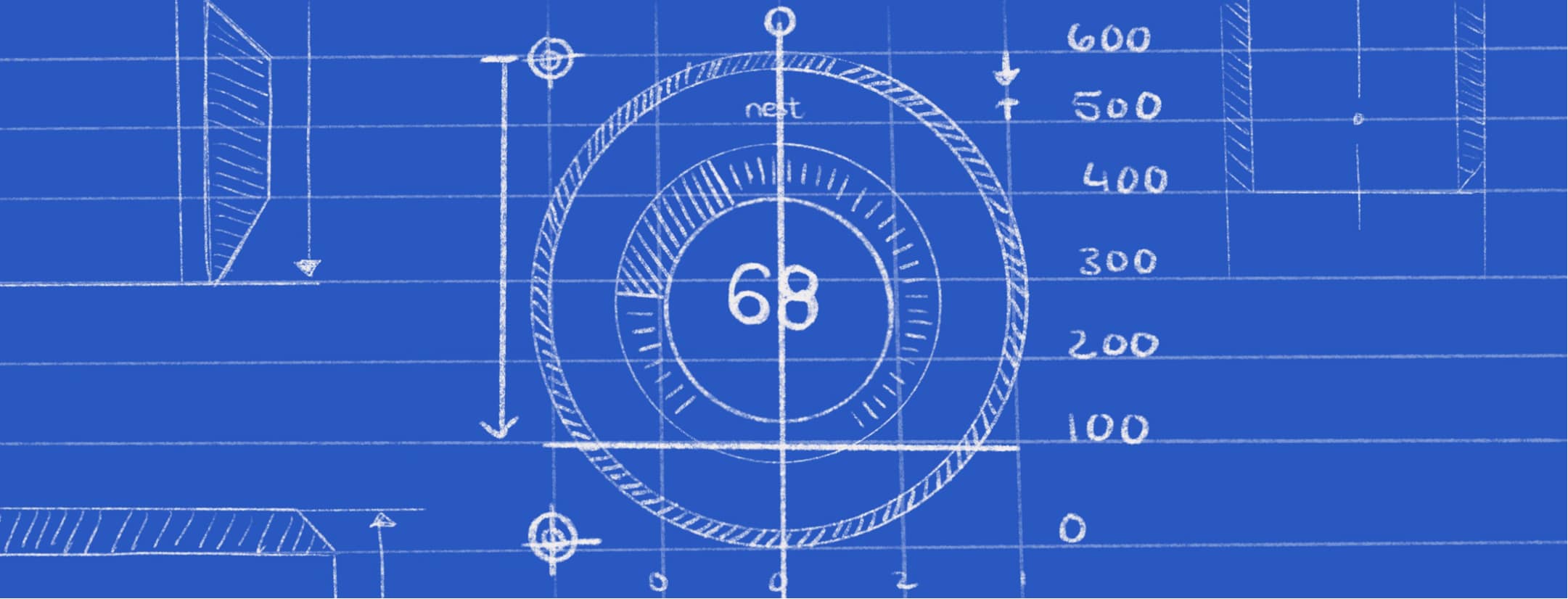
How Ambient UX Will Shape our Everyday Lives
- Product Design /
Ambient UX will change the way we live, and we will have no idea
Last year I wrote about how connected products are for real. At the time these data-hungry sensors spread across our world—now more commonly referred to as the device mesh—are aggregating billions of pieces of data a day, spurring technologists to try to find ways to make use of all that information. One of the best uses for all this data is to find ways to make our day-to-day lives easier, something that is being done more and more in real time. The systems around us can make constant micro-adjustments to organize our lives and make our tasks easier to complete, without us even noticing these changes. This design methodology, termed Ambient User Experience and applied to the web as early as 2010, has far reaching use cases.
The key is that all the adjustments our devices make in our lives will feel natural, therefore the term Ambient. Devices will derive their user’s context from both human and physical elements, tapping into their emotional state, habits, interests, group dynamics, social interactions and colocation of others, present tasks, as well as position, light, noise and atmosphere of the area. Based on this, context devices will predict their user’s needs, always staying a step ahead of them and eventually making user interfaces superfluous (also known as Zero UI).
One company that has been setting the bar in this area has been Nest (owned by Google). Their 3rd generation thermostat not only learns its occupant’s temperature preferences, it also uses IR proximity, pyroelectric infrared motion and humidity sensors to automatically predict the best temperature for the home. Eventually their sensor network will be able to control every aspect of your home, including temperature, lighting, locks and alarms, and it will do it in a way that feels completely seamless to you.
Google itself is also blazing trails in this area. Their Ambient UX project, Google Now, takes in your search history, sensor data from your smartphone and historic data to detect patterns in your life. They are constantly adding new features, such as knowing when you typically leave work to drive home in order to automatically alert you to unusual traffic, or providing reminders based on where you are (“don’t forget to buy milk” as you walk by the corner store). Tomorrow Google Now might be able automatically order groceries for you based on your eating habits or schedule doctor appointments based on your health sensor data.
All this data being collected in the device mesh also carries some serious privacy impacts. One must trust that the companies collecting the data won’t use it in a way we wouldn’t approve of. An example of that trust breaking down is when Target used customer data to market towards young women that they predicted might be pregnant. Looking beyond the company that collects our data—as I’ve outlined in an article on IoT and Privacy—as consumers we must also assume that any data that is collected on us might be breached by outside parties.
With the number of sensors and devices that are coming online daily the possibilities of Ambient UX are growing rapidly. Looking forward companies will have unparalleled opportunities to create personal experiences and connections, tell immersive stories within an environment and enhance daily tasks to the point where the mundane become enhanced generating enormous value. These physical, web, and mobile developments will revolutionize our daily lives and if they are implemented smartly, we won’t even notice it.